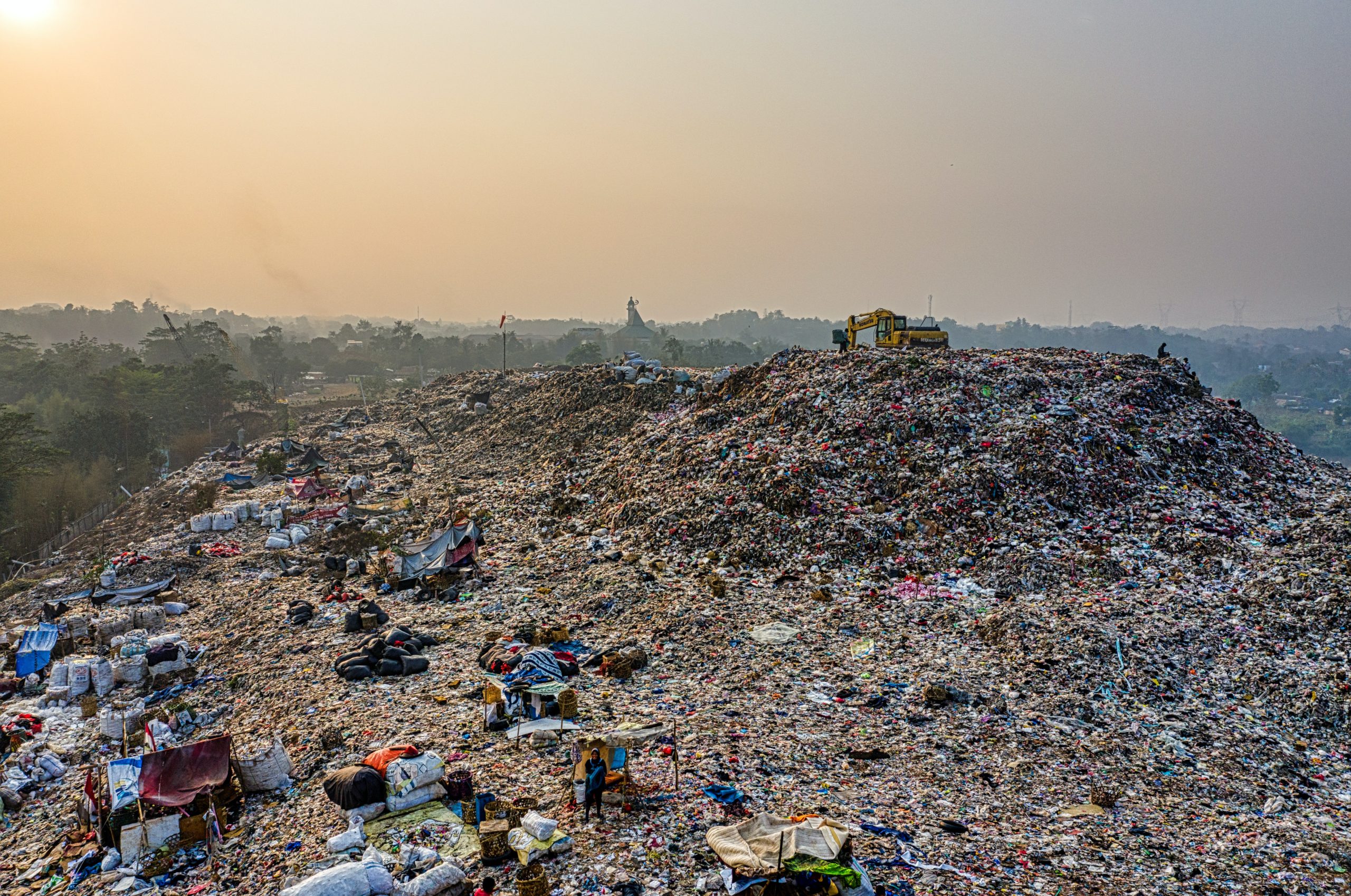You might have heard the word landfill on the news, but still not be sure on what it means? The reality is any waste that is not recycled or reused has to go somewhere and that place is a landfill. At Collect My Clothes are aim is to stop this from happening. By using Collect My Clothes, you’re helping the environment and instead of going to landfill, your old clothes will be reused or recycled.
What is landfill?
Landfill sites exist all over the world and each runs a little differently. Most sites will do a practice known as ‘Land-Raising’, which means piling the rubbish directly on the ground. Whilst others, practice ‘Land-Filling’ which is exactly what it sounds like; filling a hole in the ground with the rubbish. The rubbish within these piles is not organised, it is all a mixture of commercial waste and household waste.
The average household in the UK produces more than a tonne of waste every year. Add this up, and it equates to a total of 31 million tonnes per year, which is equivalent to the weight of three and a half million double-decker buses, a queue of which would go around the world two and a half times’ – Unisan
Household waste that gets sent to landfill often is organic waste, for example; food, paper, cardboard or wood. Other household rubbish contains plastic or tin packaging and our clothing waste is also responsible for a big portion of this, with the UK sending over 300,000 tonnes of used clothing to landfill every year.
How landfill affects the environment?
Landfills have existed for over 5,000 years and are the oldest and most common form of waste disposal. The history of them goes a long way back, however over recent years, many questions have been asked in regards to why landfills are bad for the environment. The main issue with landfills is that rubbish buried in landfills breaks down at a very slow rate, which causes long-term problems.
Three key points to remember from this blog today are the following: toxins, leachate, and greenhouse gases. Toxin waste can be very harmful to people, animals, and plants. Some toxins, such as mercury and lead, persist in the environment for many years and accumulate over time.
Leachate is defined as the liquid that drains or ‘leaches’ from a landfill. It varies widely in composition regarding the age of the landfill and the type of waste that it contains. It usually contains both dissolved and suspended material.
And finally, Greenhouse Gases are gases that trap heat or longwave radiation in the atmosphere. To put it simple, their presence in the atmosphere makes the Earth warmer. Furthermore, other side effects from landfill include: nauseous odors, unpleasant views, rat and seagull infestations. Often in the UK, the air surrounding landfill sites smells unpleasant, due to the decaying organic waste.
The scale of the issues that landfills produce is huge and there is no doubt that it is extremely harmful to our environment. But like most issues in the world, there is always a way to help.
How can we reduce landfill waste?
Reduce, Reuse, Recycle. 3 easy steps that will make a big difference. At some point in our lives, we start to agree that we should aim to use less and recycle more. By making little changes over a long period a time we will start to see a positive change. If we replace as much as possible with reusable products, from our food/drink packaging to our clothing, these things will all help to protect the environment, benefit communities and support a circular economy.
So next time you go to think about throwing out a bag of unwanted clothing, stop and think about who else may benefit from your bag of goods. It could be a friend, family member, or charity. At Collect My Clothes we are a hassle-free, environmentally friendly way of donating your unwanted clothing and your goods will be exported for reuse and a fixed amount of money per kg will be donated to your chosen partner charity.
So allow us to take the hard work out of your clean up and make a difference to those in need.




